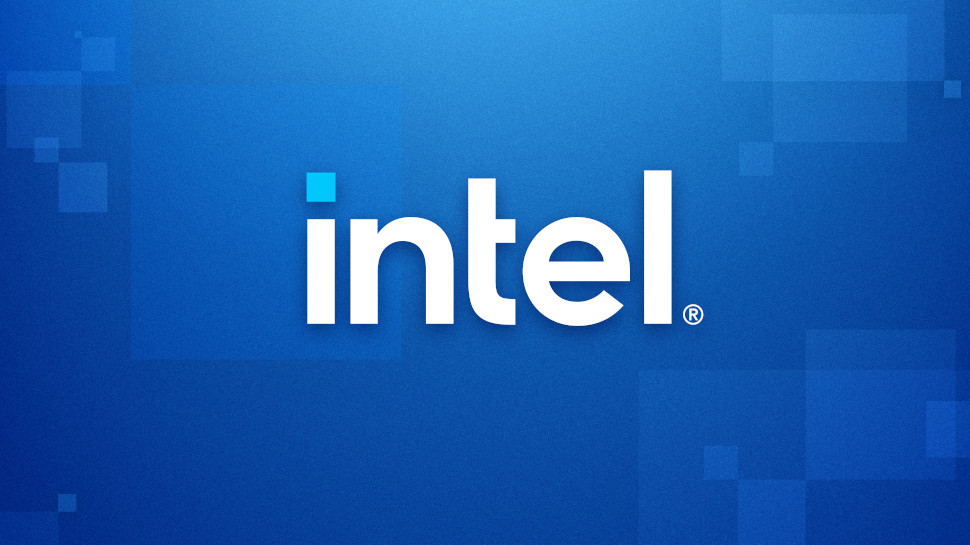A prominent leaker by the name of YuuKi_AnS has published materials that appear to offer a glimpse at Intel’s upcoming Emerald Rapids server processors.
The specification documents (opens in new tab), which the leaker claims were distributed recently to OEMs, suggest the most performant Emerald Rapids SKUs will feature up to 64 cores, level with AMD’s current-generation EPYC chips.
Emerald Rapids will also reportedly deliver data transfer speeds of up to 20 GT/s, improved memory speed and up to 80 PCIe 5.0 lanes.
Intel Xeon troubles
TechRadar Pro has asked Intel to confirm the accuracy of the leaked specs.
The Emerald Rapids leak arrives as Intel is still wrestling to bring its next-generation Xeon Sapphire Rapids chips to mass market.
The rollout of Sapphire Rapids has been punctuated by repeated delays. Originally slated to launch in 2021, the new Xeon chips were first pushed back to early 2022, then to the middle and end of the year.
The company delivered on its promise to put the new chips in the hands of select customers in Q1, but it now appears that most will have to wait until the end of Q1 2023 to gain access to the silicon.
“With innovation comes a level of complexity, and we see all customers – OEMs, ODMs, the hyperscalers – have strong demand for platform validation with us,” explained Sandra Rivera, Intel’s head of data center silicon, earlier this year.
“At this point, we are building in more platform and product validation time, so we see the Sapphire Rapids ramp being later in the year than we had originally forecast.”
Despite these delays, Rivera says Emerald Rapids is still scheduled to release in late 2023, cutting short the life-span of its troubled predecessor. However, whether the chips are able to compete on level footing with the latest and greatest from Intel’s rivals is a separate question.
Also set to launch in 2023, AMD’s fourth-generation EPYC chips, codenamed Genoa, will boast up to 96 cores, while an offshoot variant designed specifically for cloud workloads will feature up to 128. Although core count isn’t everything, the gap between Intel and AMD is now vast.
The server CPU market has traditionally been a stronghold for Intel, whose Xeon chips have dominated practically all sub-sectors, from HPC to cloud, but the latest figures suggest AMD is set to further erode Intel’s lead, notching potentially its largest ever quarterly gain.
Meanwhile, the imminent entrance into the market of Nvidia, as well as the rise of Arm-based chips built by hyperscalers like AWS, will only ratchet up the level of competition among vendors – and the pressure on Intel.
Via Tom’s Hardware (opens in new tab)





